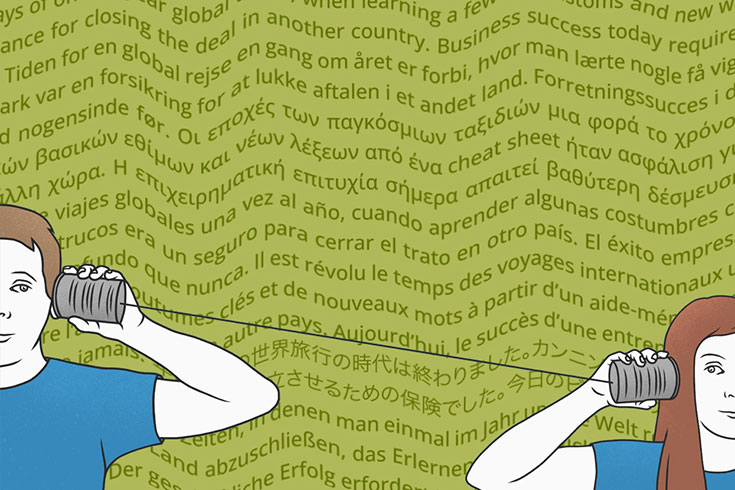Brandeis Researchers in the News
Our faculty make an impact — in the classroom and in the field. As intellectual pioneers and engaged scholars, faculty in every discipline garner top awards and recognition for inspiring outstanding work.

Vivekanand Vimal, GSAS PhD’17, and costume designer Brooke Stanton collaborate with student dancers to explore how vibrational cues affect movement during dance.

Business professor Andy Molinsky offers strategies to thrive professionally anywhere in the world.

A new study from professor Margie Lachlan and Xin Lin, GSAS PhD'22, shows that the precise way we use social media can determine its impact on our mental health.

The immunologist, along with research partner Katalin Karikó, H’23, received the prize for research that led to the COVID vaccines.

Baumeister was chosen for his pioneering work in the development of cryo-electron tomography.

Professor Helen A. Berger, a Scholar at Brandeis University's Women's Studies Research Center, took some time to explain her path to researching witchcraft, the modern reclaiming of the practice, and its connections to feminist movements.

Pioneering neuroscientist Eve Marder ’69 and Professor of Biochemistry and Chemistry Emeritus Gregory Petsko each received the National Medal of Science, the highest recognition the nation bestows on scientists and engineers.

Long-term trends show that in many occupations a portion of workers received more education than needed.

Research scientist Vivekanand Vimal, GSAS PhD’17, demonstrates the movement of the Multi-Axis Rotation System chair, which tests people’s balancing skills and spatial orientation.

A new book by Brandeis anthropologist Anita Hannig reveals how medical aid-in-dying can restore dignity and a sense of control to those facing terminal illness.

Republican-led efforts to limit voting access could weaken election turnout and, ultimately, democracy.

The sonnenrad is a well-known Nazi and neo-Nazi symbol that has been seen in other white supremacist attacks. Understanding the sonnenrad’s spiritual roots can provide a better grasp of the implications of its use and its importance to members of the far right.
Fully including children in immigrant families and Hispanic children in this key anti-poverty program is critical.

Han's lab focuses on the light-matter interaction in a variety of material systems ranging from photo-switching molecules to inorganic 2D crystals. Particularly, Han's research group investigates light-induced phase change and molecular arrangement in pursuit of energy storage systems which interact with photons.

These findings emphasize the need to significantly expand naloxone distribution in most states, ideally through community-based programs and more broadly through pharmacies, as well as the need for increased harm reduction measures that reduce the likelihood of unwitnessed overdoses.
Brandeis University chemical biologist Lizbeth Hedstrom received one of nine Director’s Transformative Research Awards this year from the National Institutes of Health under its High-Risk, High-Reward Research Program. The 5-year, $3.5 mil grant will support the development of new methods for drug design relying on targeted protein degradation. This emerging strategy has several potential therapeutic advantages over traditional approaches, including the development of more potent, longer acting, drugs.